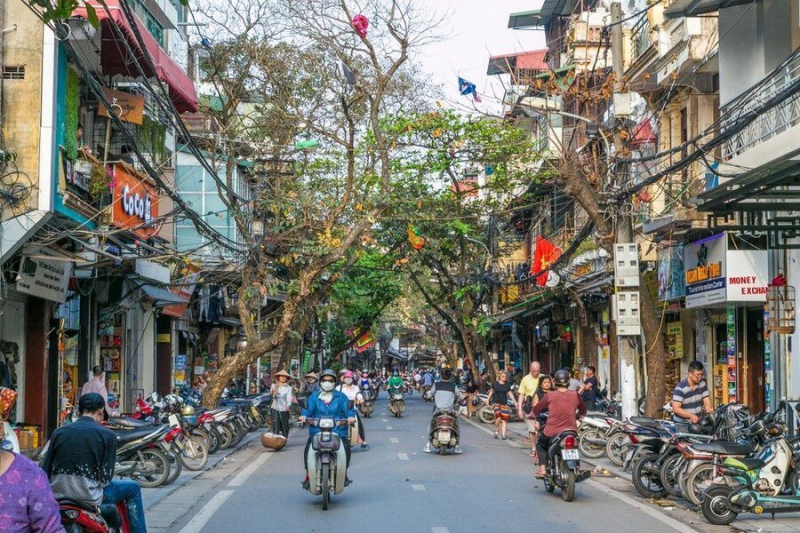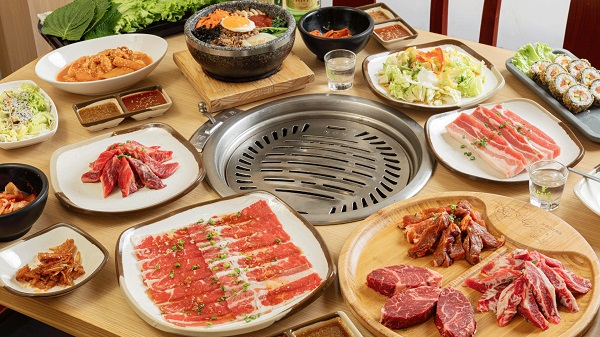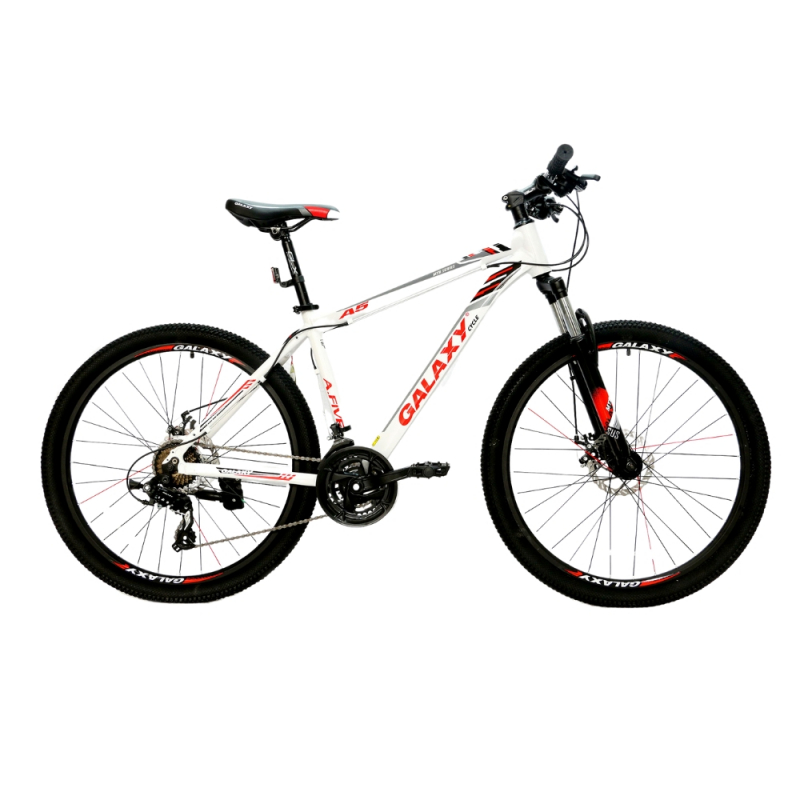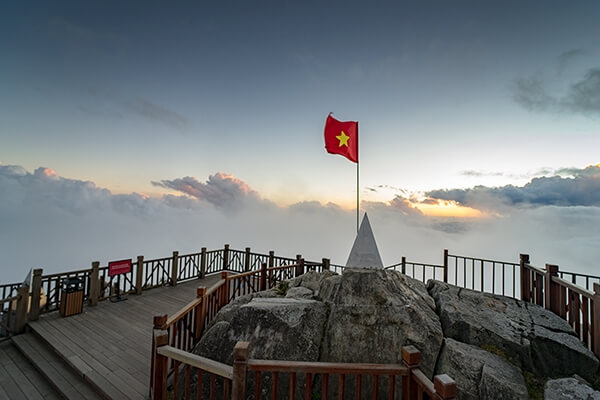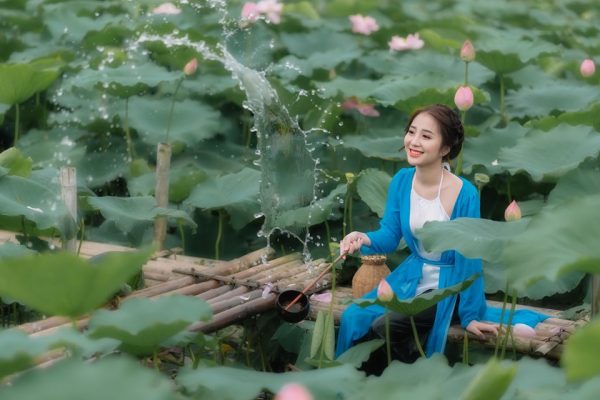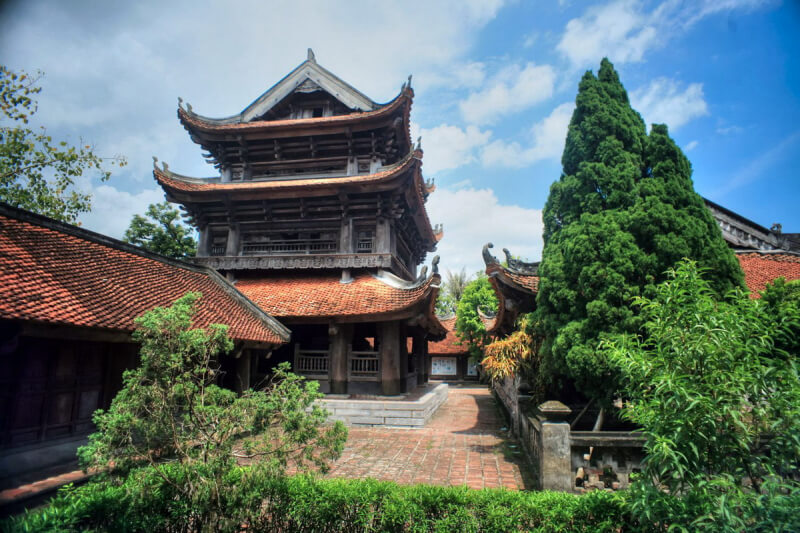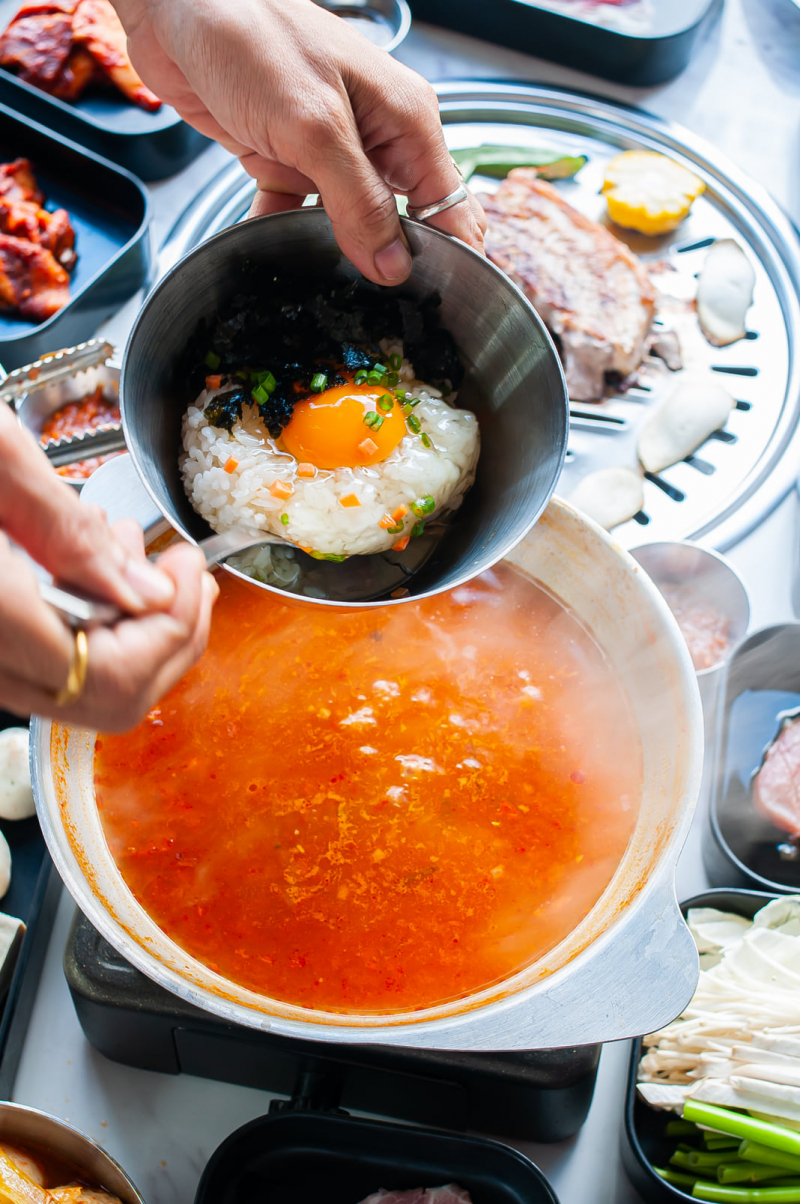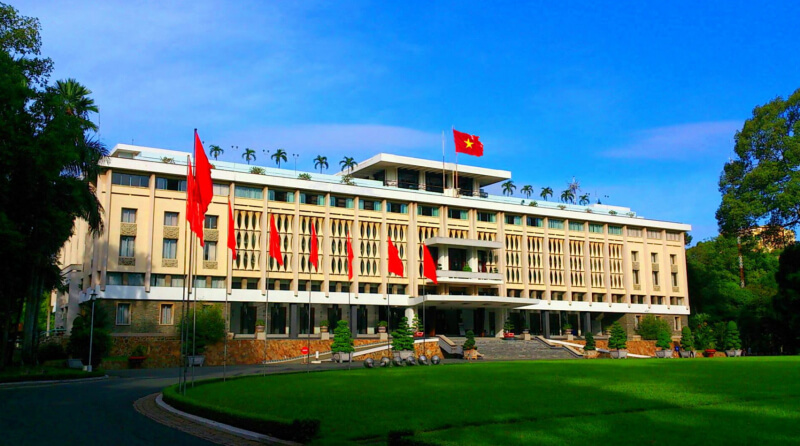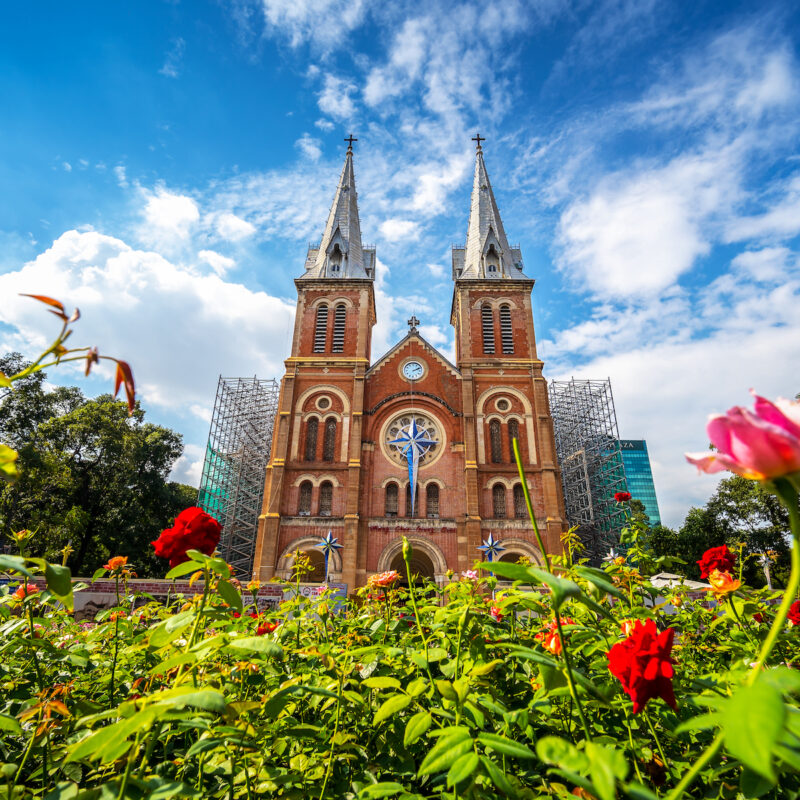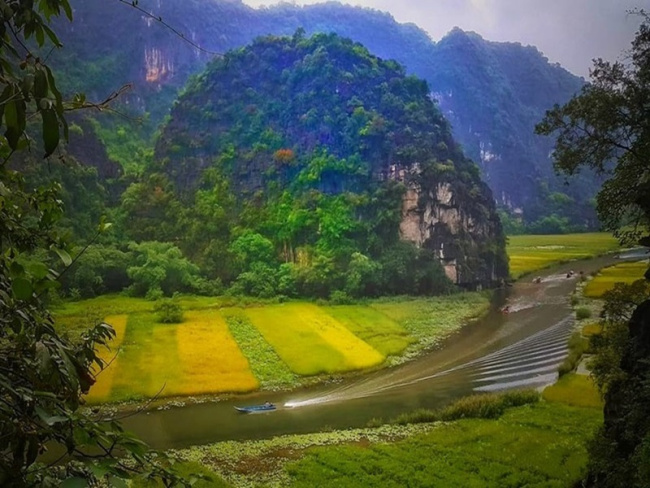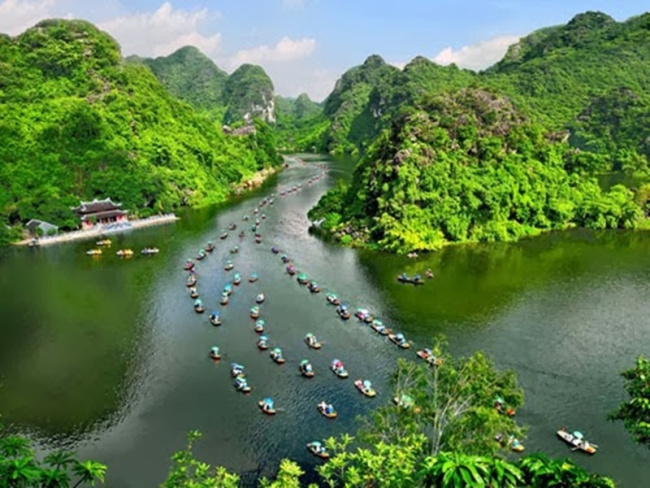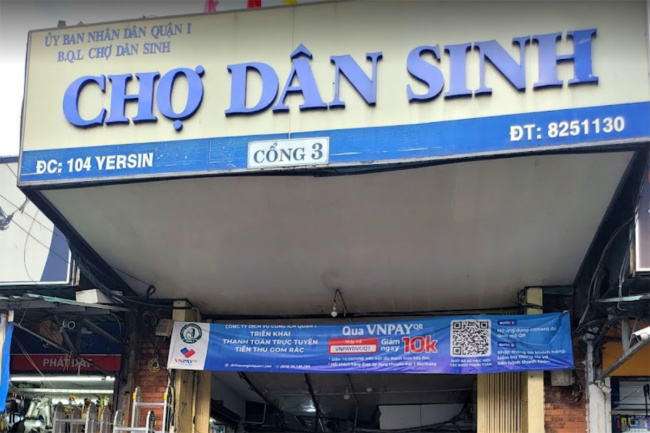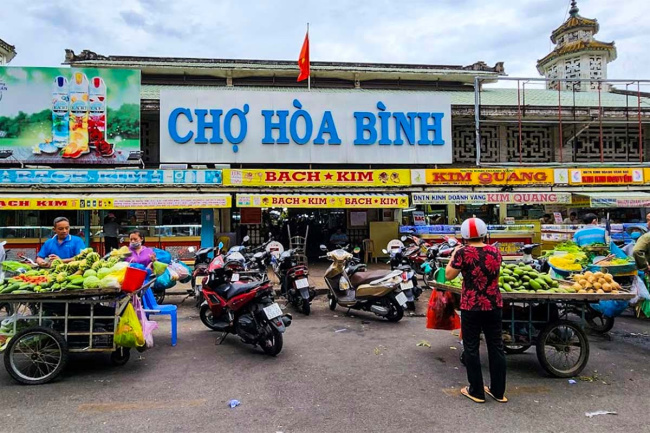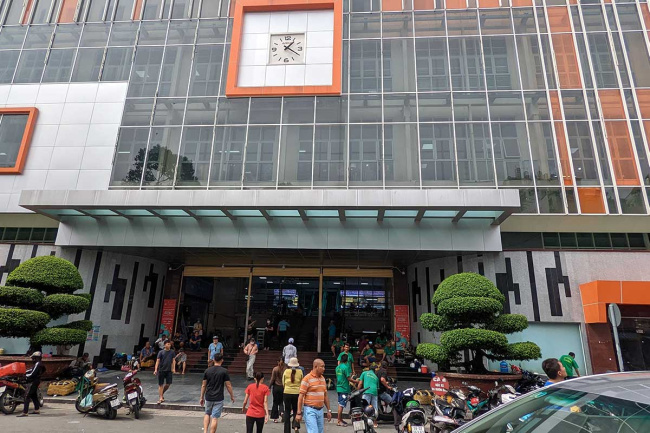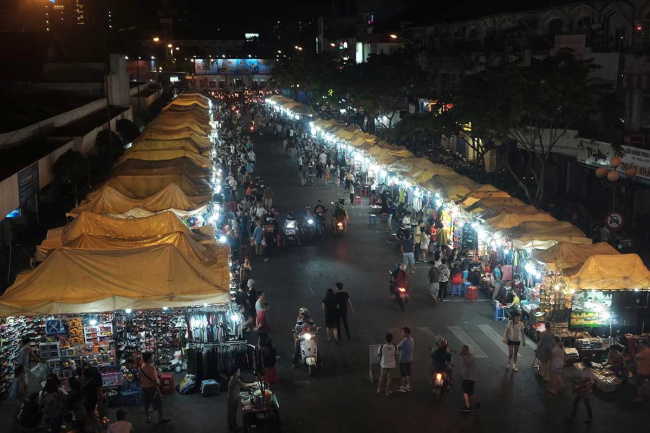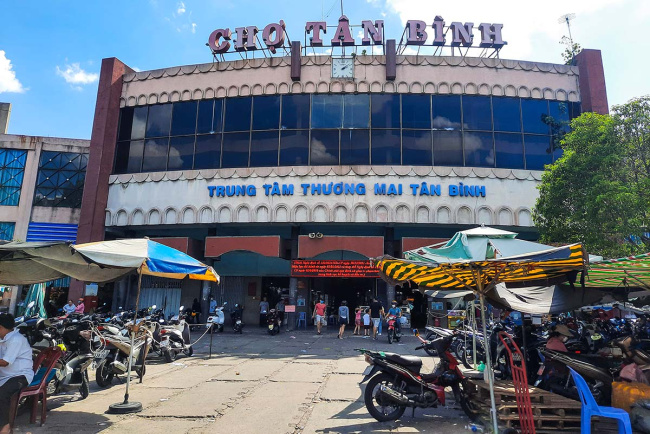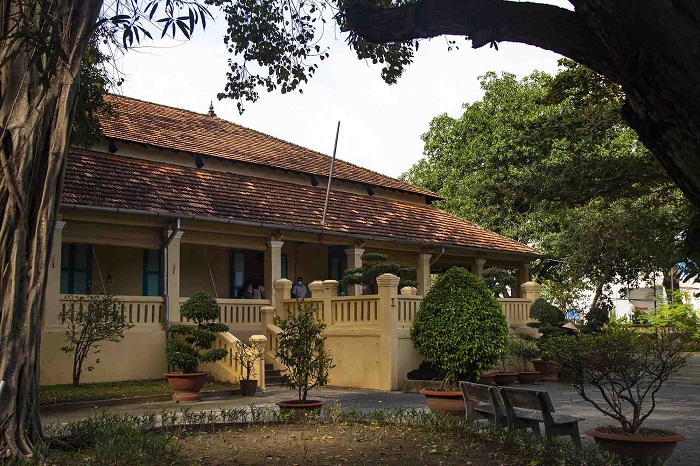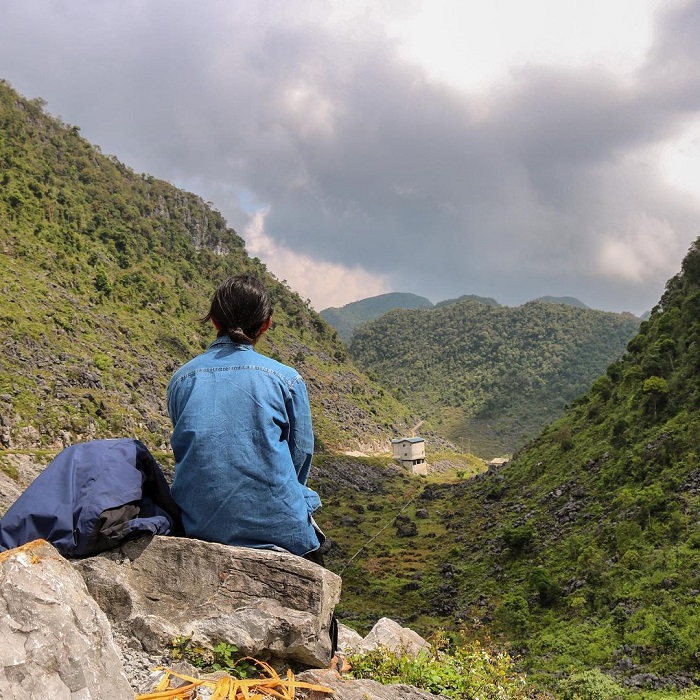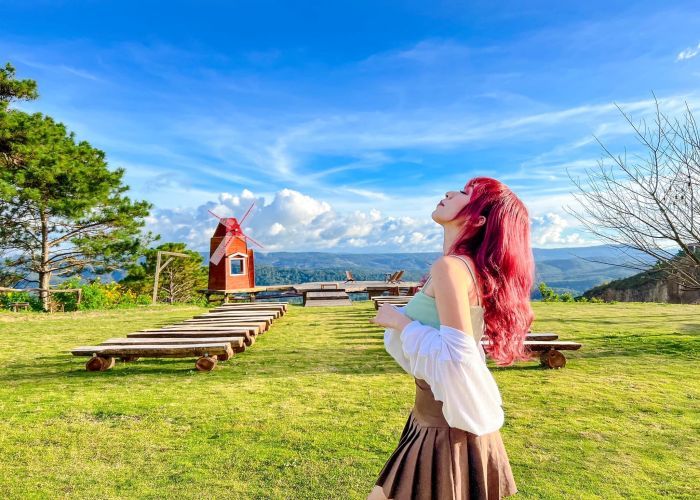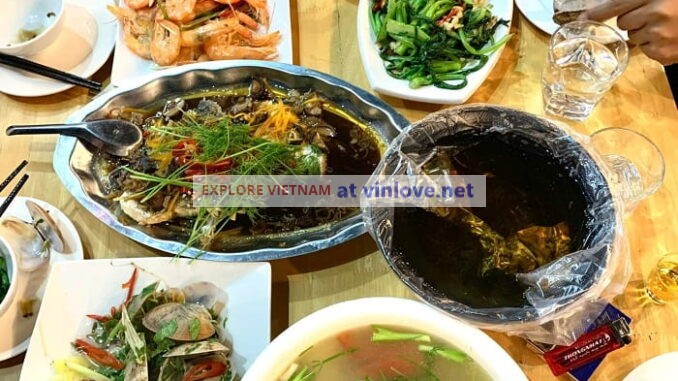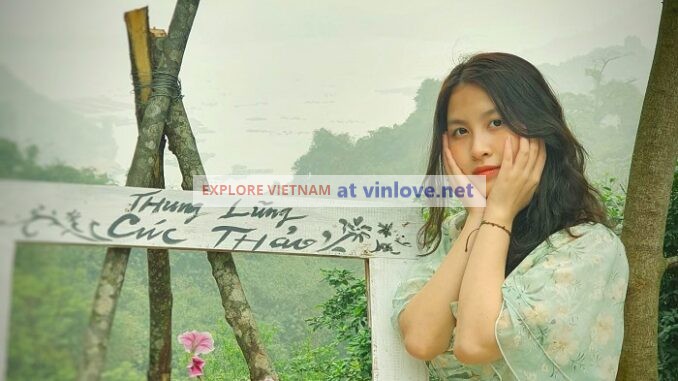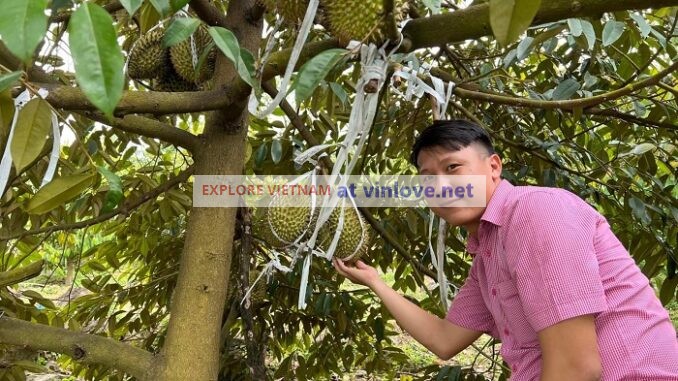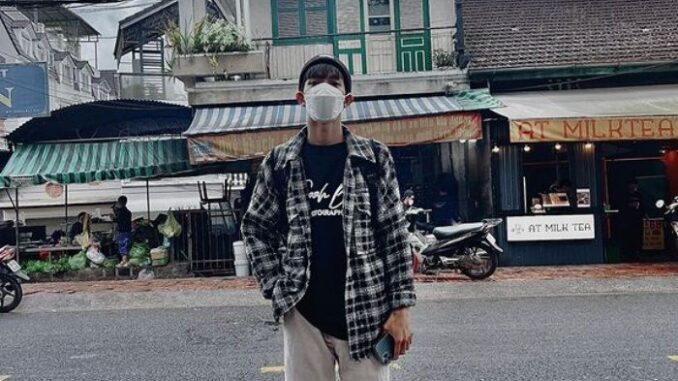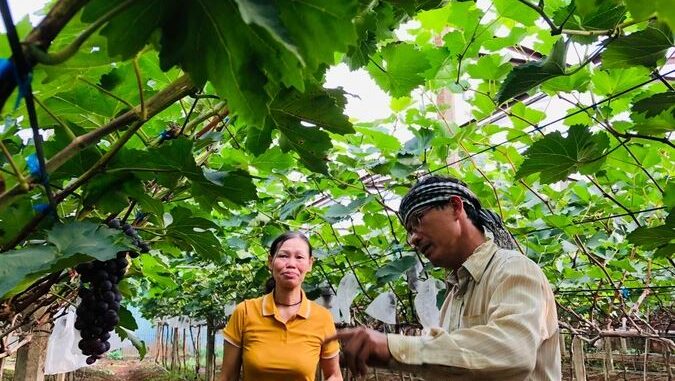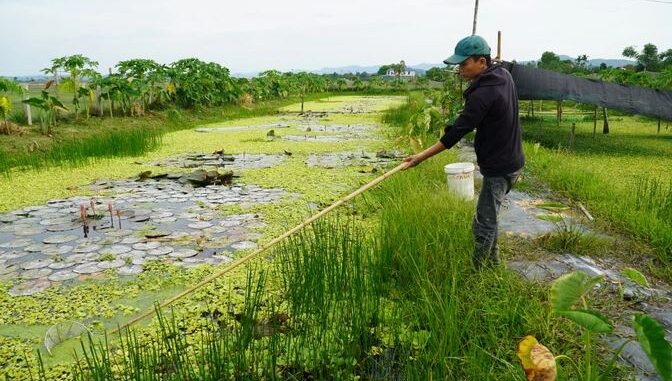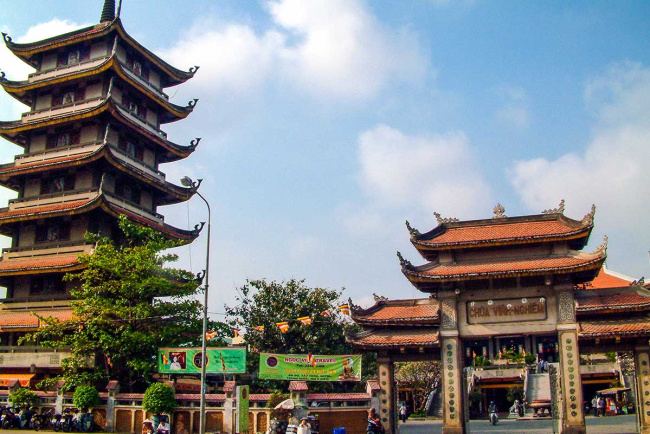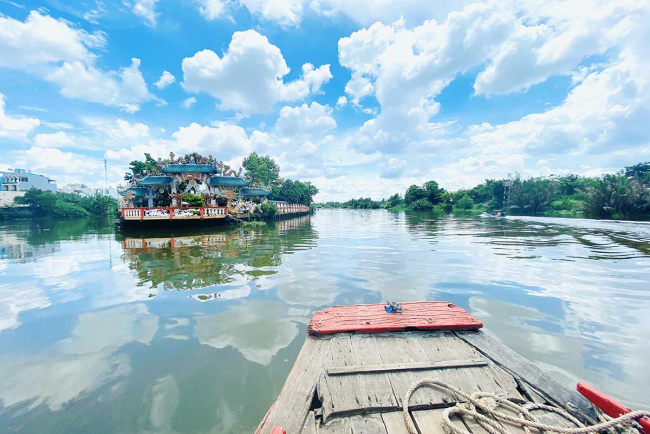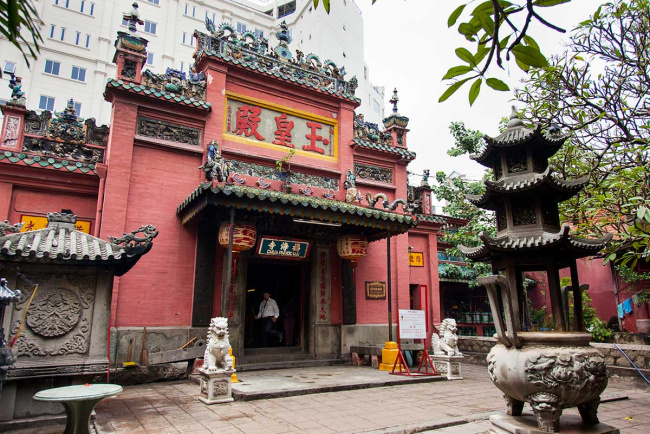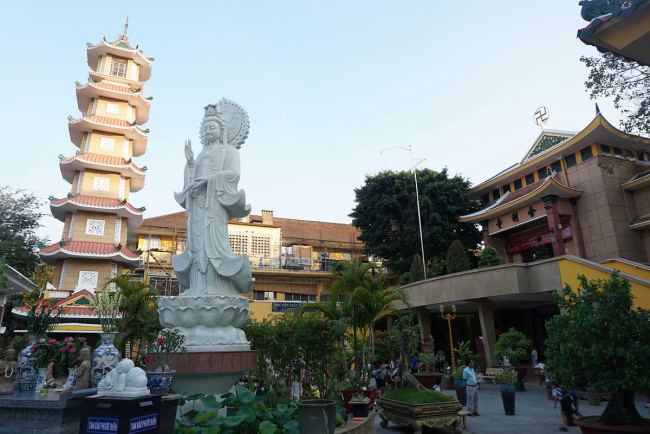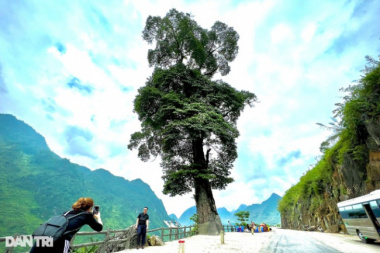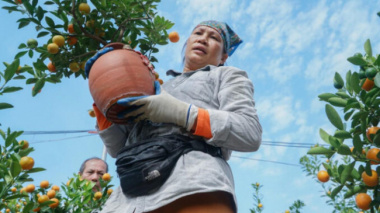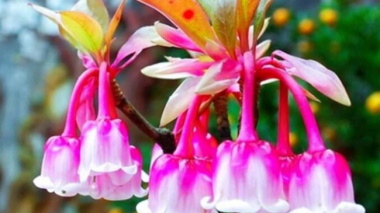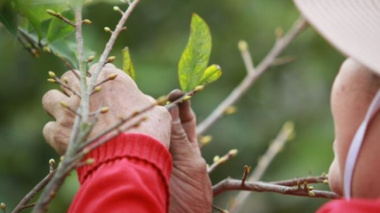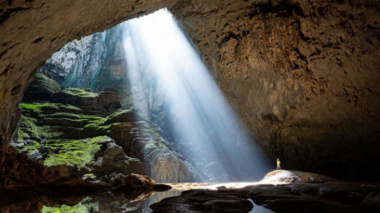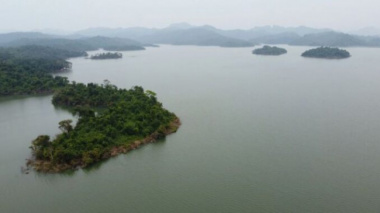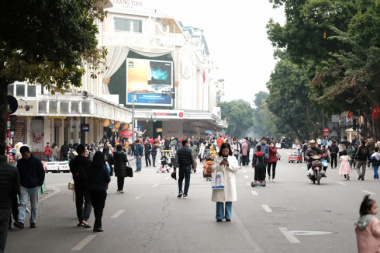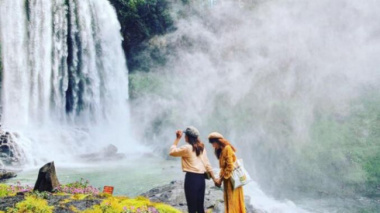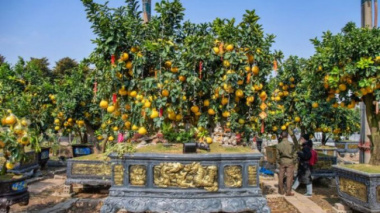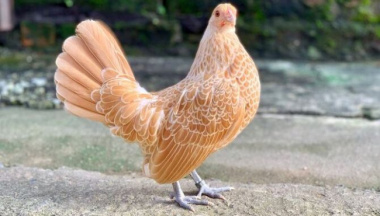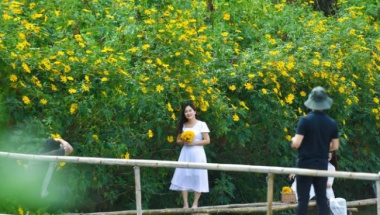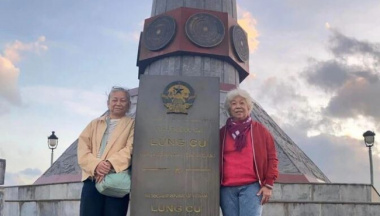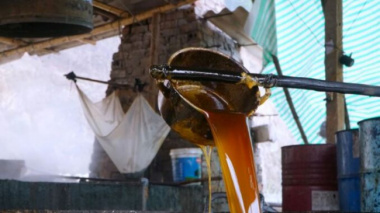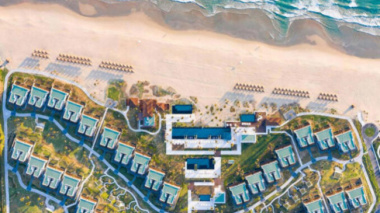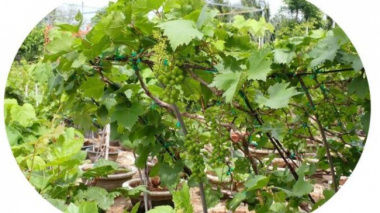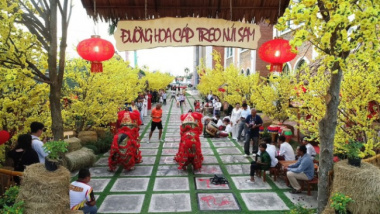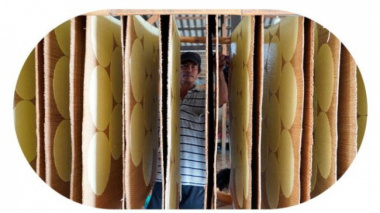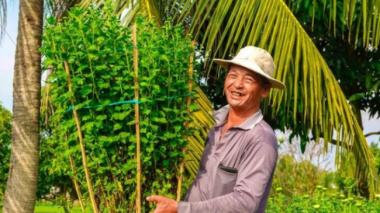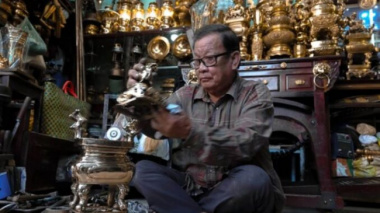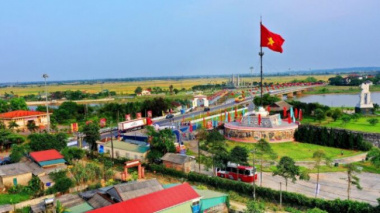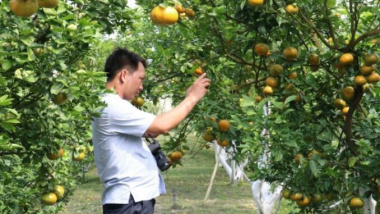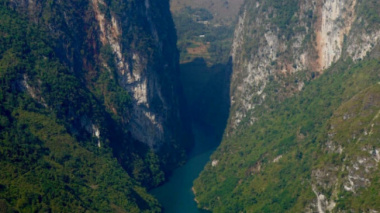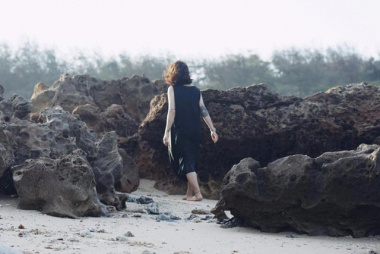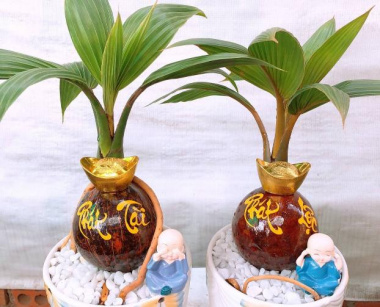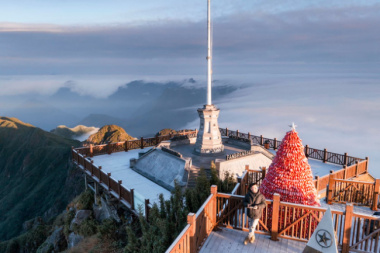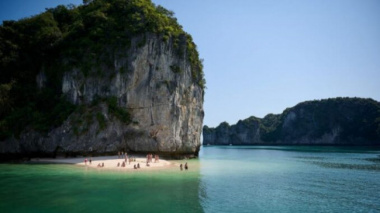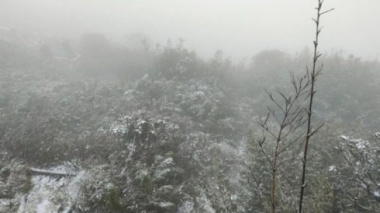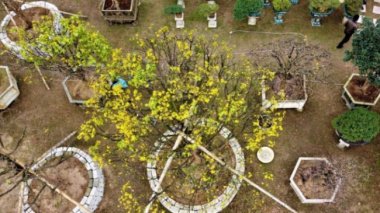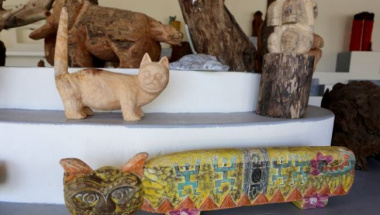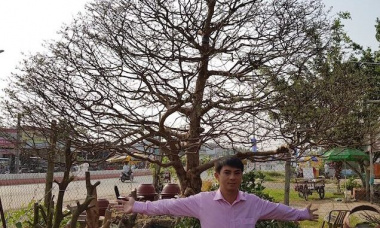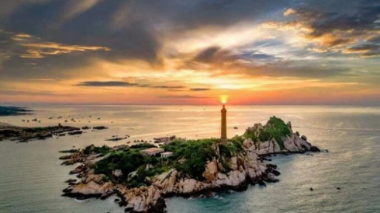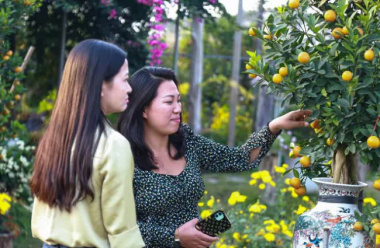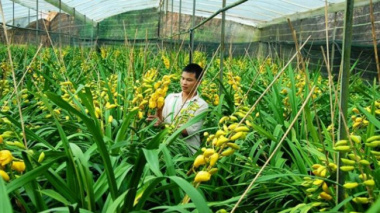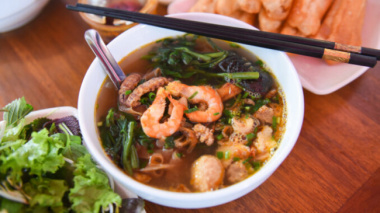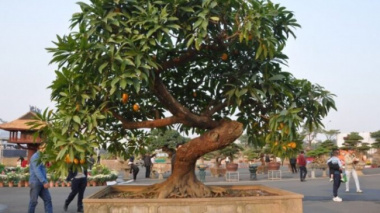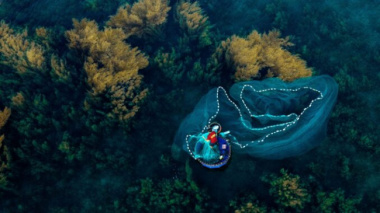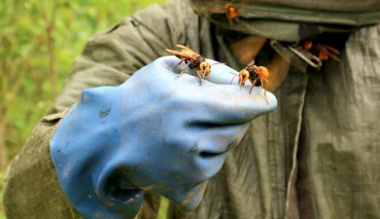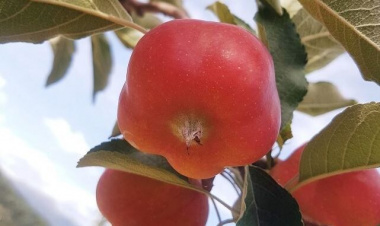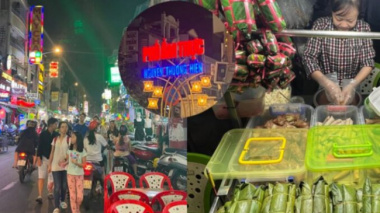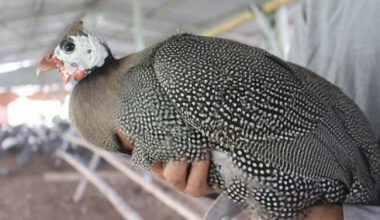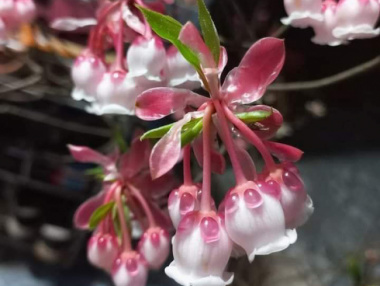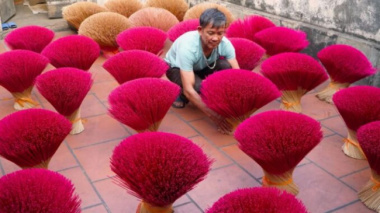Xuan Son National Park – Phu Tho Province
- What to Do
- Epic Treks
- Through the Caverns
- Camping & Homestays
- Plants and Wildlife
- How to Get There
- When to Visit
- Pristine Perfection
A short distance from Hanoi, Xuân Son National Park protects the far southeastern end of the Hoang Lien Son Mountain Range. The park’s most sought-after features include extensive cave systems, waterfalls, rivers, and dramatic limestone karsts. With over 37,000 acres of protected land, visitors will have plenty of opportunities to explore, trek, and observe Xuân Son’s exceptional beauty.
Location
Xuan Son National Park is located in the Phú Tho Province in Northern Vietnam. Only 80 miles outside of Hanoi, this national park is a highlight amongst tourists. Due to its close proximity to Vietnam’s capital city, Xuan Son is the ideal destination for a long weekend vacation.
Much more isolated and less developed than Vietnam’s other national parks, visitors looking to stay overnight at Xuân Son will need to book a homestay in one of the local villages. Ban Coi, Ban Lap, and Ky Tam are the most popular villages where locals have opened up their homes to the park’s visitors.
History
As with the rest of the Hoang Lien Son Mountain Range, the land within the park was formed 250-260 million years ago. For thousands of years, ethnic groups like the Hmong and Dao have lived in and cultivated the area. To protect the land and its people, Xuân Son was established as a nature reserve in 1986, and by 2002, Vietnam had named it a national park.
Even though Xuân Son is now a national park, much of the land has been left undeveloped making it a pristine paradise for ecological enthusiasts. Exploring the small villages within the park, visitors will see traditional stilt houses and minimal infrastructure.

The Misty Mountains in Xuân Son National Park Vietnam. Photo by: .
Set apart from the modern world and its technologies, Xuan Son will make you feel as if you have traveled back in time. The deeper that you wander into the park, the more remote the landscape becomes.
What to Do
Trekking, caving, camping, and homestays are all excellent activities to partake in while visiting Xuân Son. Get away from the tourist areas and feel at peace as you wander through the park, exploring its untouched wilderness.
Epic Treks
Boasting thousands of acres of protected land, there is a myriad of paths that visitors can take throughout the terrain. Explorers can choose the trail that suits their level of fitness and experience, be that a gentler slope or one with steep inclines. The national park’s most popular hike is a strenuous climb to the summit of Ten Mountain, which takes a minimum of 10 hours.
At just over 4,000 feet (1,244 meters) tall, Ten is one of the highest points in Xuân Son. Furthermore, Can Mountain, not officially measured, and Voi Mountain, the park’s tallest summit standing at 4,422 feet (1,348 meters), are two additional peaks climbers can ascend.
All three peaks are open to tourists and have guided or self-tour options. For inexperienced hikers, it is suggested that trekkers hire a local guide, many of whom can be found within the park’s villages. Additionally, some tours that depart from Hanoi may include a guided trek of Ten Mountain.
Treks to the park’s remote villages can also be arranged and guided by local people. While a few of the larger villages are accessible by road, some communities can only be found on foot. Ban Du is one of the most remote villages in the park, which is a popular destination for visitors seeking to learn more about Vietnamese culture.
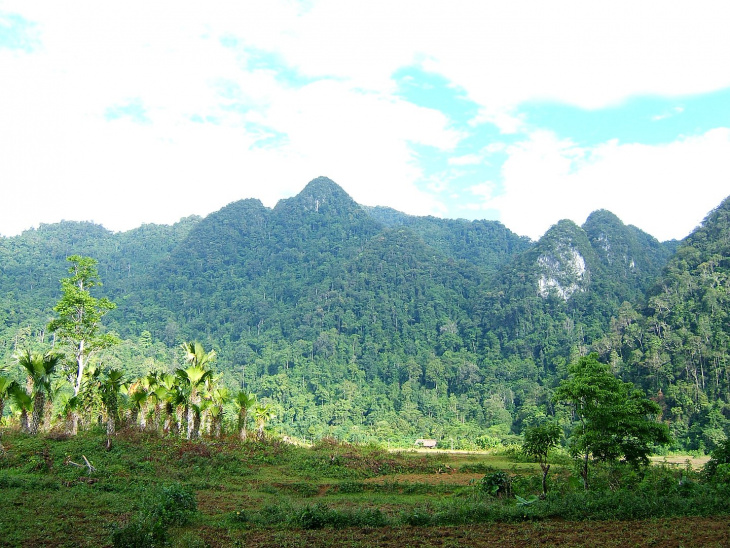
Lush green landscape at the park. Photo: Viethavvh
Additionally, visitors can ask locals for directions to hidden or lesser-known areas of the park. Outside of Ban Coi, there is a 3.7-mile (6 km) hike to a waterfall. The path is well marked until the end, where hikers will have to follow the stream to the base of the falls. Due to the degradation of the path, the hike is best completed during the dry season when the rain has subsided.
Through the Caverns
Underneath the valleys and limestone karsts, Xuân Son hides numerous caverns. Tho Than, Na, Ngoc, Dong Tien, Coi, Dat, Lap, Doi, and Lang are all caves within the park that are accessible on foot. Some are more open than others and a few have extensive rivers running through the middle of them.
Coi Cave is located deep within the park and it is a popular destination due to the swimming hole near its entrance. Surprisingly well developed, the swimming pool has become business for locals. Villagers have set up a few stalls along the banks of the pool to sell food or rent inner tubes.
If staying above the surface isn’t intriguing, visitors should head into Dong Tien Cave. Also called Fairy Cave, this popular underground system stretches for 6.2 miles (10 kilometers) and features a ceiling of stalactites.
Camping & Homestays
Camping is allowed in Xuân Son National Park and there are numerous places where tents can be set up. Campers should be aware that there are dangerous animals, like bears, within the park and care should be taken to properly store food. Visitors are welcome to pitch a tent almost anywhere in Xuân Son, as long as they are respectful to the locals and carry out their trash.
Homestays are another popular way to not only stay in the area but also connect with the local people and culture. Instead of staying in a tent, a homestay allows visitors to sleep in one of the villager’s traditional stilt houses. Most villages in the park are open to visitors and many locals are eager to teach others about their lifestyle and culture.
Ban Coi, Ban Lap, Ban Du, and Ky Tam are all villages in Xuân Son National Park that have homestay options. Guests can also arrange for meals to be provided, an option that is greatly encouraged by others for the full experience.
Booking a homestay can be challenging being that most of the villages lack the resources to be able to establish an online website. Instead, travelers can look at reviews or articles for current phone numbers to book a homestay.
Plants and Wildlife
As a lowland landscape, Xuân Son National Park is a biodiverse playground, home to 1,270 species of plants and almost 800 species of animals, including insects. Many of the plants and animals within the park are rare, with a few listed as endangered or threatened. While visitors will be able to see plenty of plants, spotting the park’s native creatures can be more difficult.
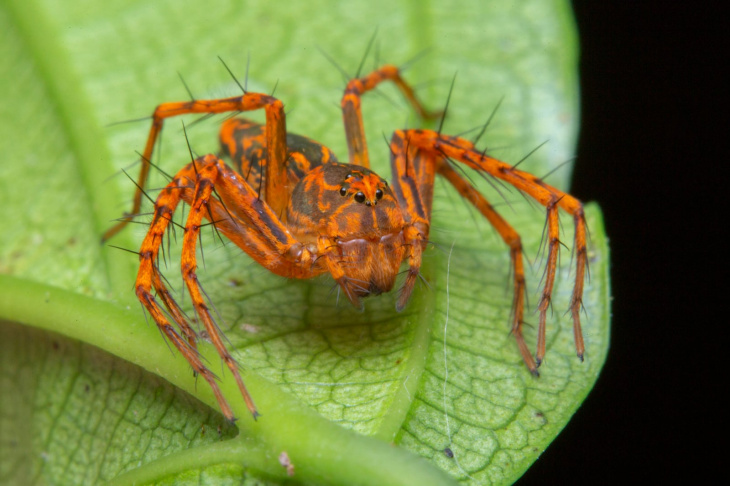
Red Lynx Spider. Photo: budak
Some of Xuân Son’s elusive and specially protected wildlife include the sun bear, Asian black bear, Phayre’s langur, Francois langur, Chinese pangolin, and king cobra. Many medicinal plants are prominent in the national park, and being that the area is covered in forest, magnolia, oak, and chestnuts are common.
How to Get There
The close proximity to Hanoi allows many travelers, national or foreign, to visit the park for a short stay. Most travelers will use a private driver, car rental, or motorbike to reach the park. The drive from Hanoi will take 4-5 hours depending on the route you choose.
Visitors who wish to see more of the park can choose to complete a loop through the terrain. Taking the road from Hanoi, drivers can bypass the park’s southern entrance and travel up to the northeast entrance. This is the more scenic route that takes you alongside tea plantations and rice paddies.
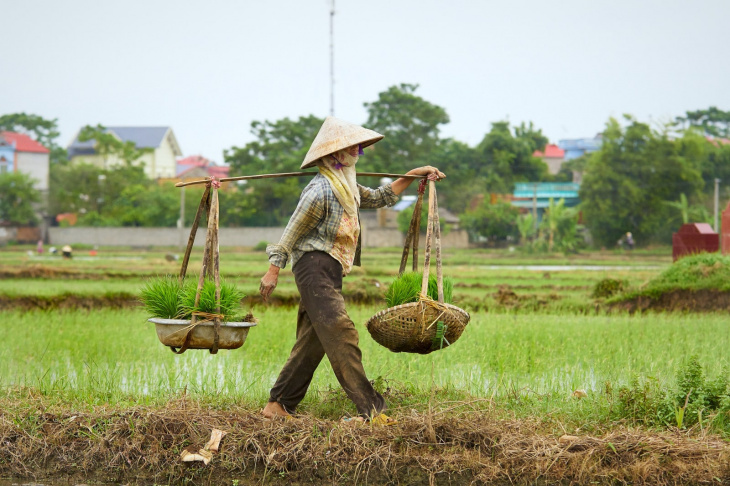
Pass by rice paddy fields on your way from Hanoi to Xuan Son. Photo: Bryon Lippincott
Leaving Xuân Son, travelers can then circle the park and leave out of the southern entrance. Most of the roads are dirt but well maintained. Roads around the southern entrance tend to be bumpier, which means traveling at a slower pace.
When to Visit
Due to its tropical climate, the park experiences two seasons; wet and dry. The wet season is particularly hot, wet, and humid, taking place during the months of June, July, August, and September. The dry season is cooler and less wet, occurring during the winter, typically from November to March.
The best times to visit the park are between the wet and dry seasons, sometimes called the transitional time. April is an excellent month, boasting spring-like weather, meanwhile, October provides cooler and less rainy conditions. For hikers, the trails can often be washed out or flooded during the wet season, making the trip more dangerous.
Pristine Perfection
Off the radar from many of the crowded tourist sites, Xuân Son National Park’s untouched landscape makes it a unique destination. Offering an extensive system of mountains, valleys, and caves, visitors will have the opportunity to see Vietnam like never before.
Details
Address: Tân Sơn District, Phu Tho Province, Vietnam
Phone: +84 210 3609 116
Season: Year-Round
Established: 2002
Website: vuonquocgiaxuanson.com.vn
Đăng bởi: Hưng Võ


